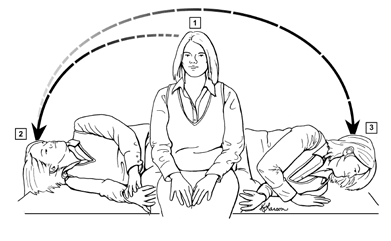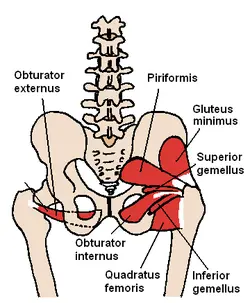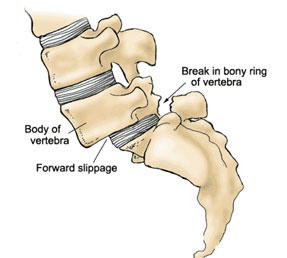SAMONT MANEUVER
Table of Contents
DEFINATION :
- The Semont maneuver is a simple procedure that treats BPPV by repositioning the canaliths to help eliminate the vertigo. The Semont maneuver, like the Epley maneuver, aims to cure benign paroxysmal positional vertigo (BPPV). Repeated treatments may be required and doctors often teach their patients the techniques if they get recurrent episodes. These maneuvers are designed to reposition otoliths in the posterior Semicircular canals. There are different maneuvers for those in the lateral (horizontal) canals.
INTRODUCTION :
a) Turn your head 45 degrees horizontally toward the unaffected ear.
b) Then tilt 105 degrees so that you are lying on the side of the affected ear with your head hanging and your nose pointed upward. After dizziness stops, hold this position for 5 minutes.
c) Then move quickly via the seated position, holding your head in place, until you are lying on the side of the unaffected ear with your nose pointed to the ground. After dizziness stops, hold this position for 5 minutes.
d) Then slowly move back to the seated position.
THE SEMONT MANEUVER :

The Semont maneuver involves moving the patient rapidly from lying on one side to lying on the other. It’s often performed by a physical therapist (PT) after they determine which vestibular system — right or left — is being affected by BBV. Here’s how it works:
- The PT will sit you on the edge of a treatment table with your legs hanging over the side.
- The PT will turn your head about 45 degrees away from the side affected by BPPV.
- The PT will quickly move you to a lying down position on the affected side. You are now looking at the ceiling. If you experience dizziness, you will stay in that position until it passes.
- Once the dizziness passes, the PT will move you back to the sitting position and then quickly onto your other side. You are now looking at the floor. If you experience vertigo, you will stay in that position until it passes.
- Once vertigo passes, the PT will move you back to the sitting position.
- If the procedure was successful, in a day or two your dizziness and vertigo should be gone. If not, the PT might try the Semont maneuver again or try a very similar exercise known as the Epley maneuver.
AFTER THE SEMONT MANEUVER :
Once you’ve completed the Semont maneuver, which typically takes about 15 minutes, you might have a few brief vertigo episodes as the canaliths reposition themselves, so it is recommended that you wait 10 or 15 minutes before heading home from the PT’s office. It’s also recommended that you do not drive yourself home.
Other post-maneuver suggestions include:
- Stay upright for the next few hours.
- Sleep on your back with extra pillows to keep close to upright (about 45 degrees) throughout the night. Do not turn your head toward the affected side.
- Do not go to the dentist or hairdresser.
- Avoid exercise requiring head movements including situps, toe touches, and freestyle swimming.
- After one week, carefully put yourself into the position that typically makes you dizzy, and then report the results to the PT who performed the Semont maneuver and your doctor.





